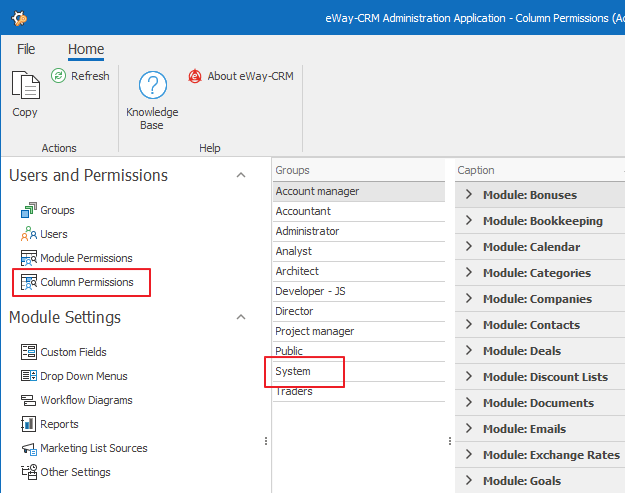


Additional information included in tooltips: latitude, longitude, and for bubble maps, the field/value driving the bubble size.Some recent enhancements to the map visualization include: In Splunk Cloud Platform, we released a new map visualization (splunk.map) that supports Marker and Bubble layers. In the above example, the token $sourcetype$ needs to be set before running the query. In the above example, there is a problem with the SPL query. In the above example, no search results were returned. We've also refreshed the placeholder image to be more subtle, so it's less of a distraction in your dashboard. To address this, we've updated the placeholder and status messaging to provide more specific information as to what's happening. Unfortunately, the image below doesn't provide much help in figuring out what's wrong. Data could fail to render for a number of reasons: the search returned no results, there's something wrong with the SPL, a token value has not been set, and so on. When there is no data to render in a visualization, you will see a placeholder image. Now, you can click and drag to adjust table column widths, in both View and Edit modes! In the example above, you can see that the "sourcetype" column is wider than it needs to be, while the "source" column could use some more space. For Table visualizations, you can also choose whether you want your font spacing to be proportional or monospaced. In the configuration panel, look for the "Font Size" option, and adjust anywhere between Extra Small and Extra Large. This has been one of the top requests this year, and we're excited to finally ship it.
#Shipit permissions update#
The first update that I'm happy to announce is that you can now control font size in Table and Markdown visualizations. Enhanced security by informing users before leaving a Splunk dashboard.Ability to edit permissions while viewing a Studio dashboard.Additional metadata support for search-based tokens.Improved status messages and placeholder images.Font size control for Tables and Markdown.In Splunk Cloud Platform, we've included a handful of Dashboard Studio "little things" updates: Sometimes it's big things - such as being able to set tokens on drilldowns - and sometimes it's little things. DBA (with a properly configured SSMS) scripts out the object and any permissions will go with it.It's always interesting to hear what feature requests dashboard users share with our product team. Developer grants themselves VIEW DEFINITION on the object in DEV.ģ. If they have permissions to create a stored proc in DEV then they should have the ability to grant VIEW DEFINITION permissions on the object, and once they grant themselves this permission, then when the DBA scripts out the object they will get the GRANT as long as they have configured their SSMS scripting options.Ģ. When you were saying 'grant to themselves' before I was assuming you meant in TEST or PROD. I am trying to determine how the developer can explicitly assign this permission to himself so it will script out with the Create\Alter script and any other users' permissions. However the view definition permission does not exist for the developer who created the stored procedure. I do script out object level permissions with the Create\Alter script. Is there a way that a developer with dbo rights in a database can explicitly grant themselves view definition permissions on a stored procedure they create as dbo? When these stored procedures are scripted out by the dba to move to Test and Production the view definition permissions are not scripted out for the developer in question. While this does not cause an issue in development, the intention is for these view definition permissions to be carried forward to the test and production databases where they only have datareader permissions. When they attempt this, it appears that they are successful but when they check the stored procedure afterwards the permission is not there for themselves. They have dbo level permissions in these databases and although they can explicitly grant view definition permissions to other developers in the same database, they are unable to do so for themselves. The developers in our shop have a need to explicitly grant view definition permissions to themselves on stored procedures they create in their development databases.


 0 kommentar(er)
0 kommentar(er)
